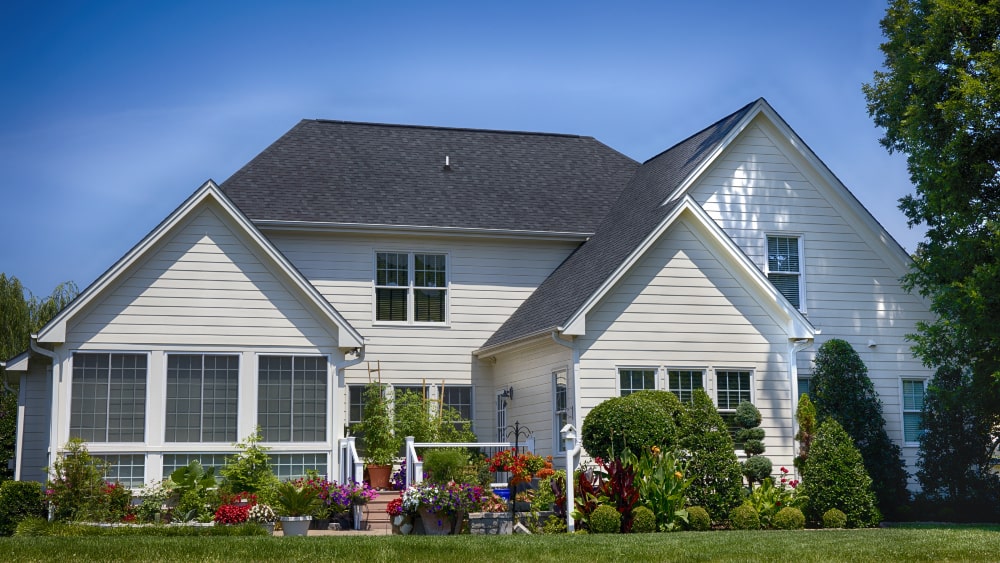Firstly, it is important to note that the presence of asbestos in fiber cement siding can pose health risks if the materials become damaged or disturbed during the installation process. Asbestos fibers, when released into the air and inhaled, can cause serious health conditions, including lung cancer and mesothelioma. Therefore, it is crucial to ensure that proper precautions are taken to safely handle and contain any asbestos-containing materials during the installation.

While it is true that it is common practice in Long Island to install insulated siding over existing fiber cement siding, the decision to omit a house wrap or vapor barrier should not be taken lightly. The purpose of a house wrap or vapor barrier is to prevent moisture penetration into the wall assembly. Without a proper moisture barrier, water can seep through and cause damage to the underlying structure, leading to issues such as mold growth, rotting, and compromised insulation effectiveness.
The argument put forth by your contractor that the house needs to "breathe" is somewhat misleading. While it is essential for a house to have proper ventilation to prevent moisture buildup and allow air exchange, this does not mean that a vapor barrier can be disregarded. A properly installed house wrap or vapor barrier will allow the house to "breathe" by allowing moisture vapor to escape, while still preventing liquid water from entering.
Furthermore, in terms of energy efficiency, a house wrap or vapor barrier plays a significant role in reducing air leakage and improving insulation performance. It helps to create an airtight seal, preventing drafts and heat loss in the winter, as well as reducing heat gain in the summer. Proper insulation and air sealing are crucial for energy savings and comfort, and omitting a vapor barrier can compromise these benefits.
Considering the potential risks associated with asbestos-containing materials, it is also important to consult with a professional asbestos abatement specialist or a licensed contractor experienced in dealing with hazardous materials. They can assess the condition of the existing fiber cement siding, conduct appropriate testing if needed, and determine the best course of action to safely proceed with your siding project.
In conclusion, while it may be common practice in Long Island to install insulated siding over existing fiber cement siding, it is advisable not to omit a house wrap or vapor barrier in this scenario. Ensuring proper moisture management and containing any potential asbestos exposure are vital for the health and safety of your household. Consulting with professionals who specialize in asbestos abatement and building envelope systems can provide you with the necessary guidance and expertise in making informed decisions for your home improvement project.
